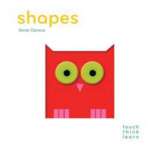
This book explores different shapes using simple raised die-cut shapes on a left-hand page mirrored in the scooped-out forms of the right.

This book explores different shapes using simple raised die-cut shapes on a left-hand page mirrored in the scooped-out forms of the right.
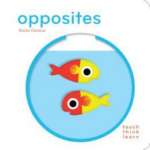
This book explores the concept of opposites like high-low and day-night using simple, raised die-cut shapes on a left-hand page mirrored in the scooped-out forms of the right.

We spend most of our lives in buildings. We make our homes in them. We go to school in them. We work in them. But why and how did people start making buildings? How did they learn to make them stronger, bigger, and more comfortable? Why did they start to decorate them in different ways? From the pyramid erected so that an Egyptian pharaoh would last forever to the dramatic, machine-like Pompidou Center designed by two young architects, Patrick Dillon’s stories of remarkable buildings — and the remarkable people who made them — celebrates the ingenuity of human creation. Stephen Biesty’s extraordinarily detailed illustrations take us inside famous buildings throughout history and demonstrate just how these marvelous structures fit together.
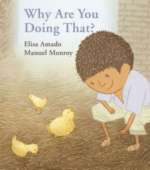
Chepito is full of questions. Why is his mother cooking eggs and frying beans? Why is Manuel digging around the corn? Why is Ramón milking the cow? Why is Maria slapping dough between her hands? In this simply told story, a little boy learns all about food and where it comes from. Following on the success of What Are You Doing? Elisa Amado and Manuel Monroy have created another gem of a picture book, this time about food — where it comes from, how we nurture food plants and animals, and what we eat to be healthy and strong. Manuel Monroy sweetly depicts Chepito’s world — a rural community where people grow much of their own food and raise chickens and cows — giving young children a clear picture of the origins of foods they consume every day. Includes a short glossary.
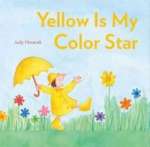
There are so many wonderful colors in the world! The child in this rhyming picture book loves yellow best, but he knows there are lots of other delightful colors out there too. Playful walk through a bright, bold watercolor world, filled with red roses, pink pillows, and gorgeous green grass and trees is described.
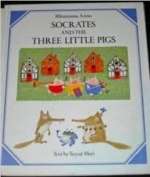
A wolf’s attempt to figure out in which of five houses he is most likely to find one of three little pigs introduces such mathematical concepts as combinatorial analysis, permutations, and probabilities.
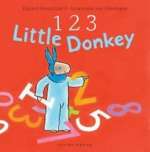
Little Donkey and his friends find all sorts of ways to get candy. This is an early concept counting book with a fun story.
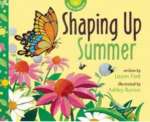
As young readers journey into the natural world, they discover that numbers, patterns, shapes, and much more! These can be found in everyday plants and animals. In Shaping Up Summer, the final title in the Math in Nature series, nature comes to life to help children grasp concepts of geometry, symmetry, and spatial sense.
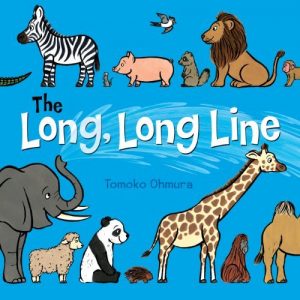 Come one, come all! If you love excitement and fun, step right up and join the line! Usually the ride itself is more fun than the lineup, but for these fifty animals, anticipation is part of the fun. Each animal is clearly numbered and named and readers will delight in counting the animals and choosing their favorites.
Come one, come all! If you love excitement and fun, step right up and join the line! Usually the ride itself is more fun than the lineup, but for these fifty animals, anticipation is part of the fun. Each animal is clearly numbered and named and readers will delight in counting the animals and choosing their favorites.
Finally, it’s time to board the ride! Through a revealing gatefold spread, readers discover the ride is a giant whale roller coaster! As the whale spins, dips, dives, and splashes, all the animals have too much fun. When the ride ends, the animals can’t wait to line up again.